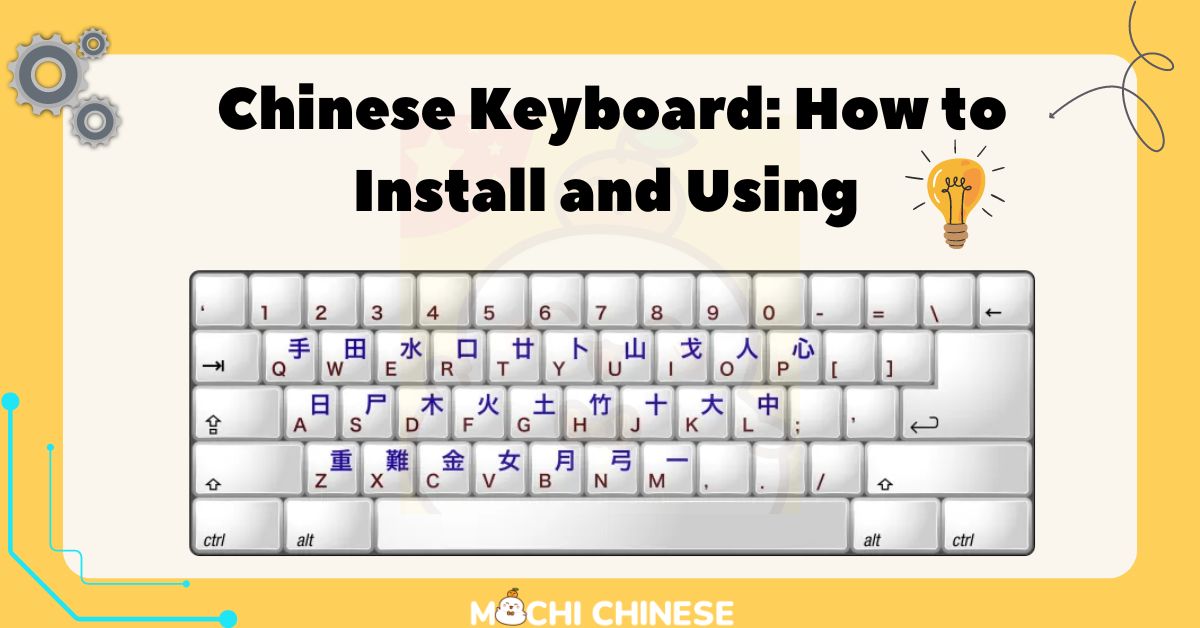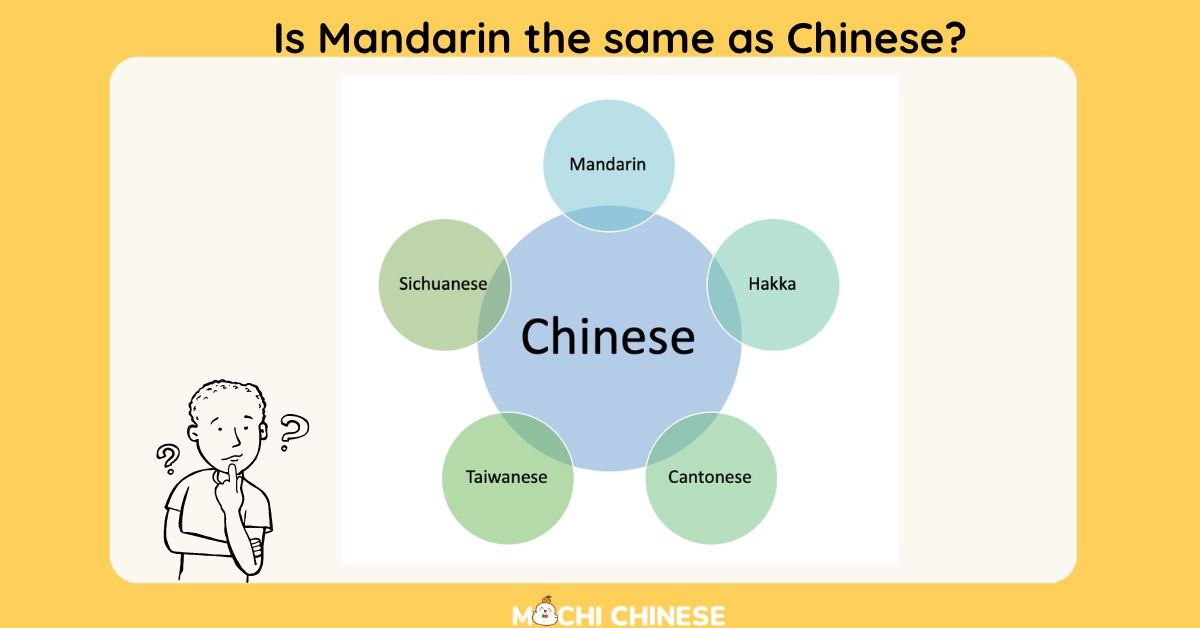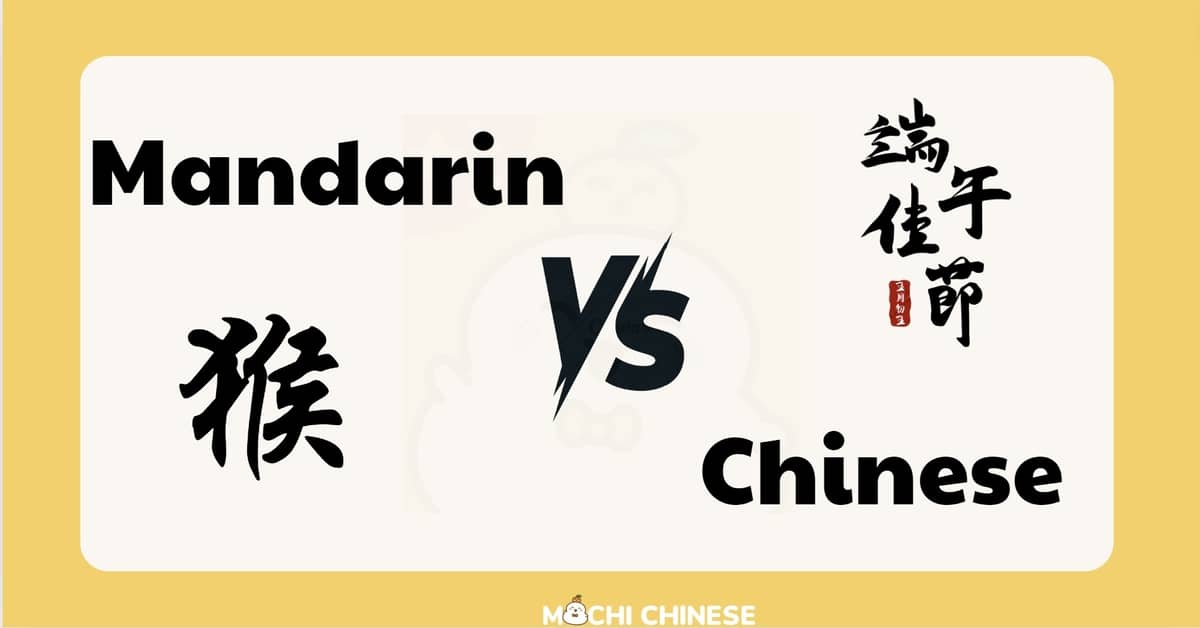Hello and welcome to the fascinating world of Chinese language learning! Whether you’re new learners, or even just for a mental challenge, mastering some key Chinese characters is a crucial first step. Chinese characters, or “汉字 (Hànzì),” are not only a form of communication but also an art form and a window into Chinese culture and history.
Let’s dive in and start your journey with some manageable, yet crucial, strokes of the brush (or pen!).
I. Chinese letters you must-know
一 (yī) – One
The character for “one” is as simple as it gets, consisting of a single horizontal stroke. This character is crucial not just for counting but also for its philosophical significance in Chinese culture, representing unity and singleness. Remembering this character can be a breeze because it’s just one line! It’s often used in larger numerical combinations, so keep an eye out for it in various settings.
二 (èr) – Two
Following “一” is “二,” the character for “two.” It features two horizontal strokes and is another fundamental aspect of Chinese numerals. Remember, the upper stroke is slightly shorter than the bottom, something that many beginners mix up at first.
人 (rén) – Person
One of the most frequently used characters in the Chinese language, “人” means person or people. Its shape somewhat resembles a person walking.
口 (kǒu) – Mouth
This square character represents a mouth and is used in words relating to speaking, eating, and openings. You’ll see it in everyday terms like “说 (shuō) – to speak” and “吃 (chī) – to eat.” A fun way to remember this character is by thinking of it as a little open mouth ready to eat or talk.
手 (shǒu) – Hand
“手” depicts a hand and is crucial for words involving actions or handling things, such as “打手 (dǎ shǒu) – to clap hands.”
大 (dà) – Big
“大” is used to describe size and age. It’s interesting because its structure resembles a person with open arms stretching out, representing “bigness” or largeness.
小 (xiǎo) – Small
Opposite to “大,” “小” means small. It visually represents three diminishing lines, conveying the concept of smallness. It’s useful in any context from describing objects to talking about younger siblings (“小妹妹 xiǎo mèimei – younger sister”).
不 (bù) – No/Not
“不” is the standard negation marker in Chinese, essential for forming negative statements. It’s often one of the first characters to learn because it’s used to say “not” or “no”
是 (shì) – Is/Are
As one of the most common verbs in Chinese, “是” serves as the equivalent to “is” or “are” in English. It’s pivotal in constructing basic sentences like “这是什么?(Zhè shì shénme?) – What is this?” Its complexity can be challenging, but it’s rewarding to master as it forms the backbone of many statements.
爱 (ài) – Love
“爱,” meaning love, holds profound cultural and emotional significance.
You’ve just taken your first steps into writing Chinese by learning these ten essential characters.
II. Chinese letters writing guideline
Fundamental Concepts in Writing Chinese Characters
Before starting to write, it’s crucial to understand some fundamental concepts:
- Strokes: Each basic stroke of Chinese characters has a specific way to be drawn, which influences the character’s aesthetics.
- 点 (Diǎn) – A dot. It’s a simple stroke, usually made with a slight tap of the writing instrument on the paper.
- 横 (Héng) – A horizontal stroke, drawn from left to right.
- 竖 (Shù) – A vertical stroke, drawn from top to bottom.
- 撇 (Piě) – A leftward falling stroke, similar to a downward stroke that curves to the left.
- 捺 (Nà) – A rightward falling stroke, generally a downward stroke that curves to the right.
- 提 (Tí) – A slight flick upwards or to the side at the end of a stroke.
- 折 (Zhé) – Any stroke that changes direction sharply; known as “folding” strokes, they can combine several changes in direction in a single stroke.
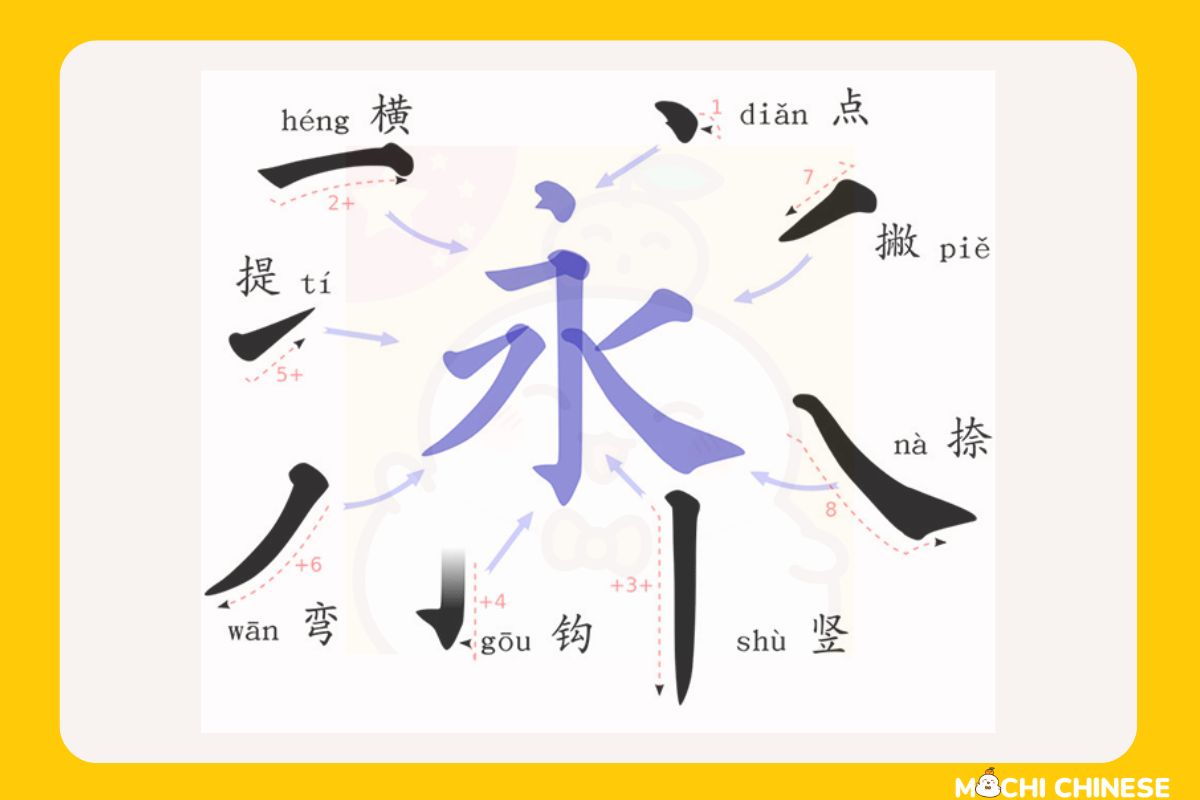
Image: Basic strokes in Chinese
- Stroke Order: The order in which the strokes of a Chinese character are written is important for the structure and speed of writing. Generally, the basic rules are:
- Top to bottom
- Left to right
- Horizontal before vertical
- Center Before Outside
- Enclosures Before Contents
- Bottom Enclosing Strokes Last
- Dots and Minor Strokes Last
- Vertical Center Strokes Last
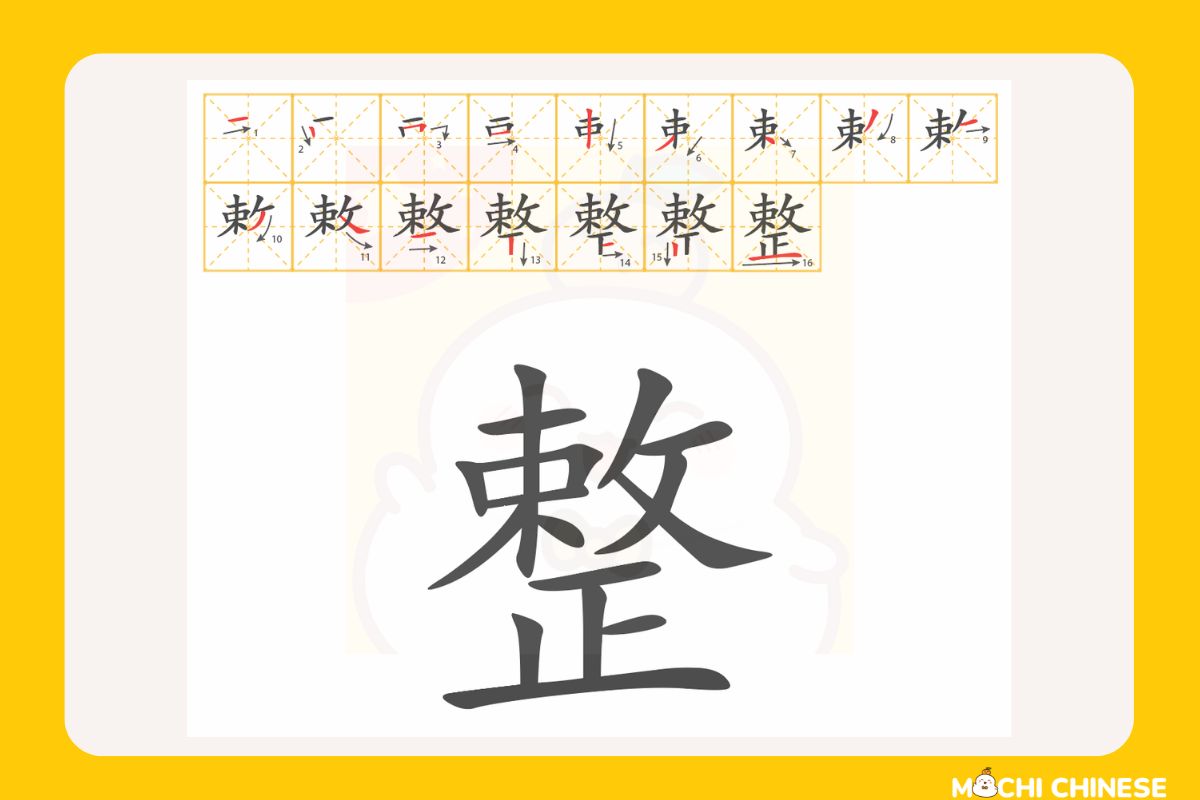
Image: Stroke order in Chinese
- Radicals: Many characters are composed of parts called radicals, which can often give hints about the character’s meaning or pronunciation. Understanding radicals can significantly aid in learning Chinese characters.
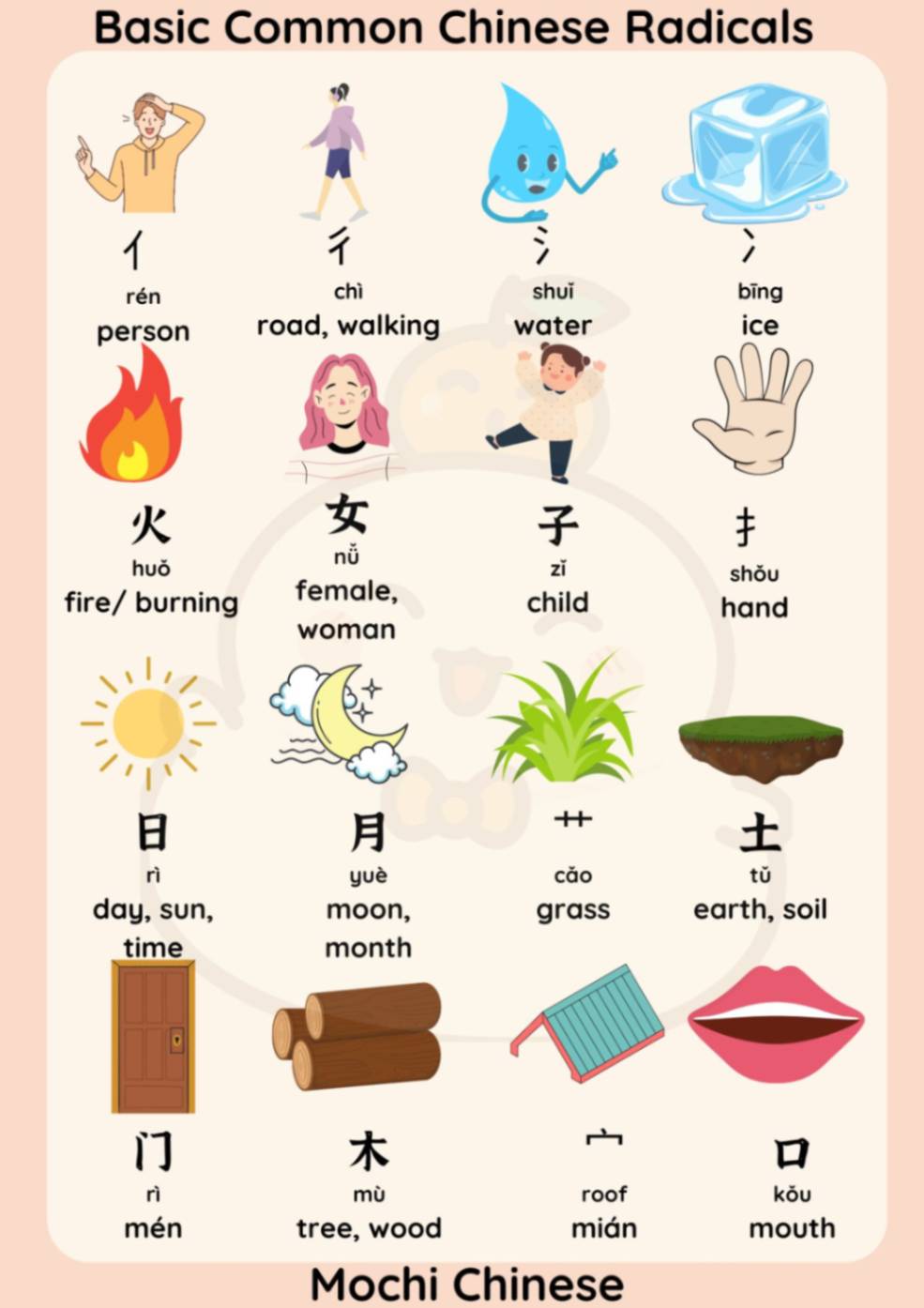
Image: basic common chinese radicals
Step-by-Step Guide to Writing Chinese Letters
- Understand the Character’s Structure: Before writing, analyze the character you want to learn. Identify its radicals and memorizable components.
- Learn the Stroke Order guideline for each word: Using dictionaries or tools like Mochi Chinese to look up the correct stroke order of the character. Mochi Chinese helps you in developing muscle memory with handwriting guidelines for ~5000 Chinese vocabulary. It provides visuals, flashcards and context for each character. That not only helps you in memorizing the character but also in understanding its practical applications.
- Repeat and Practice: Mastery of Chinese characters comes from repetition. For memorizing Chinese letters effectively, Mochi Chinese employs a spaced repetition system (SRS), which is a powerful learning technique that involves increasing intervals of time between subsequent reviews of previously learned material. Use Mochi Chinese consistently to review characters you’ve learned at the golden time (which are calculated based on your learning history), helping you to commit them to long-term memory more effectively.

Image: writing chinese in mochichinese
Conclusion
Writing Chinese letters is both an artistic and technical skill that improves with practice and patience. By understanding the basics of stroke order, structure, and radicals, and by regularly practicing, you will steadily improve. Happy writing!

